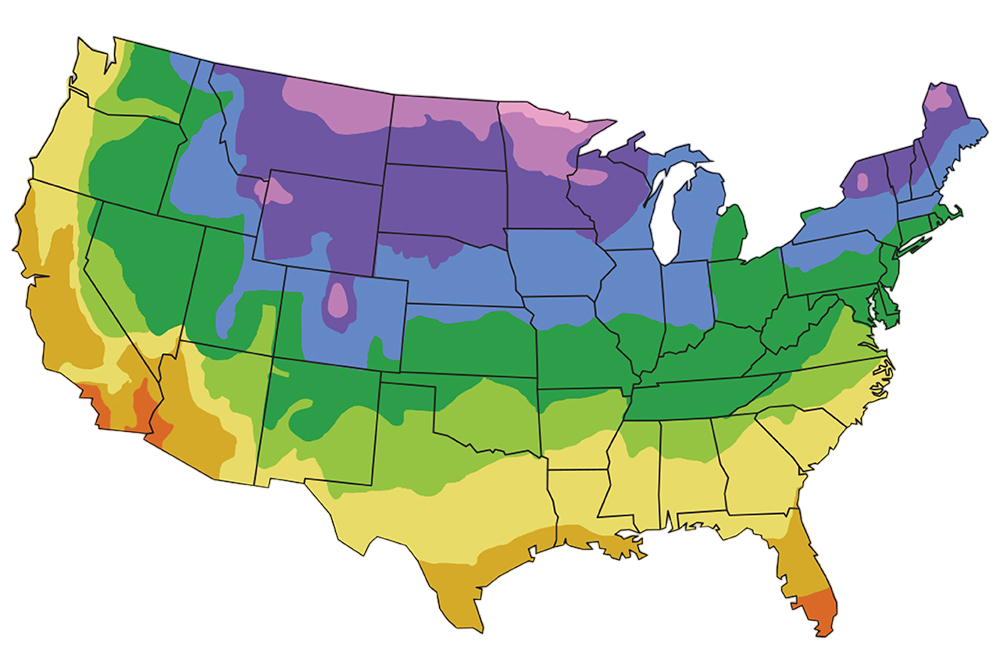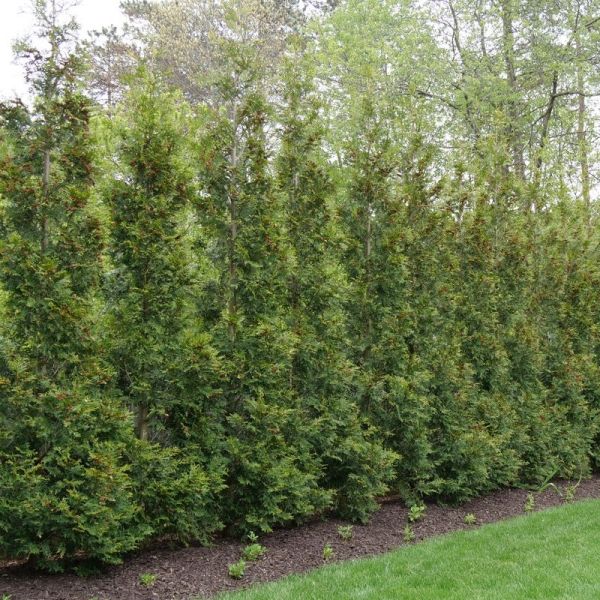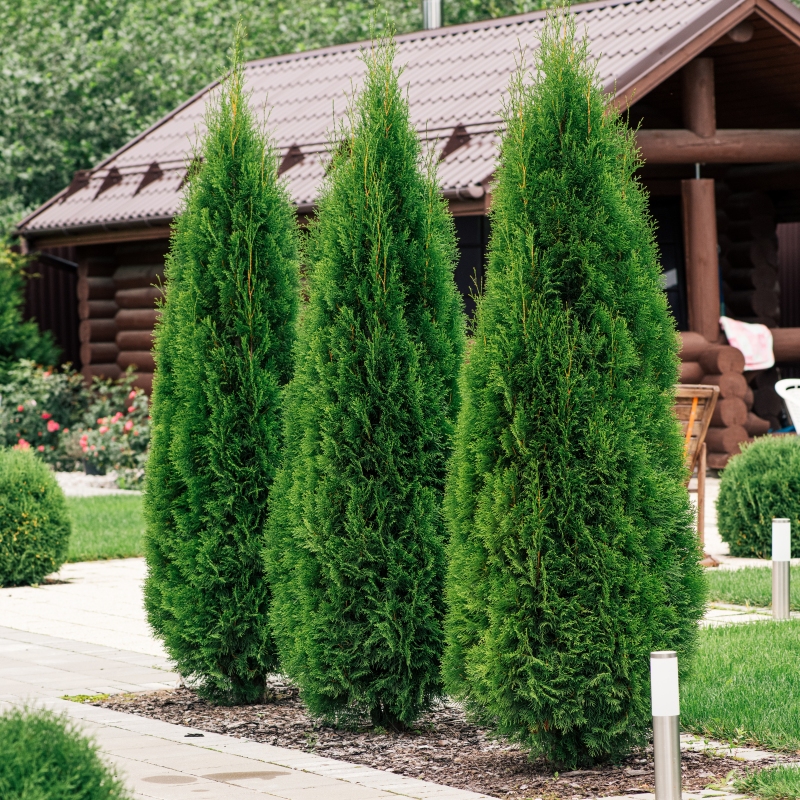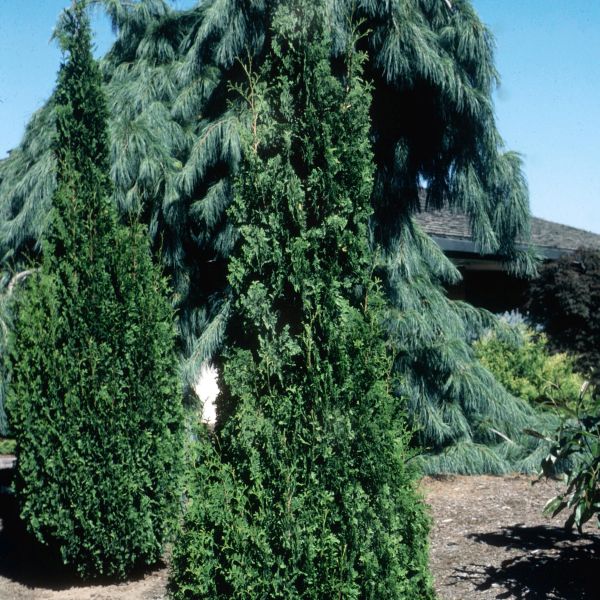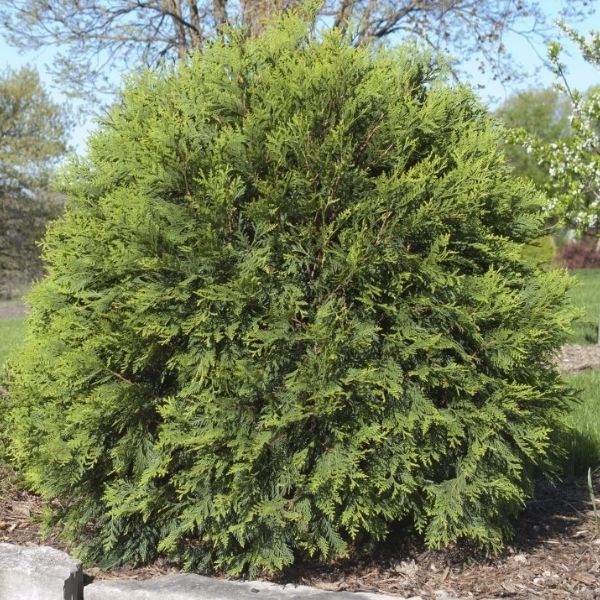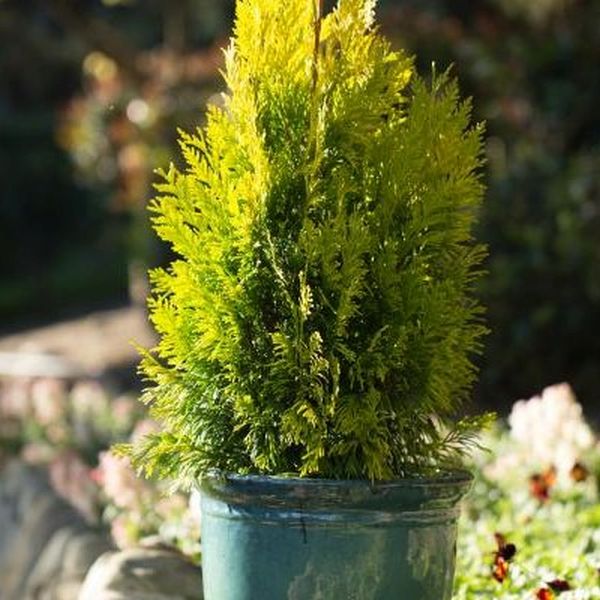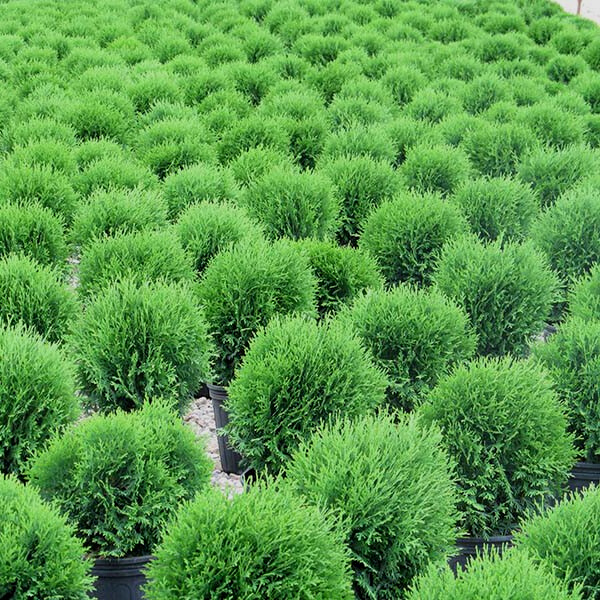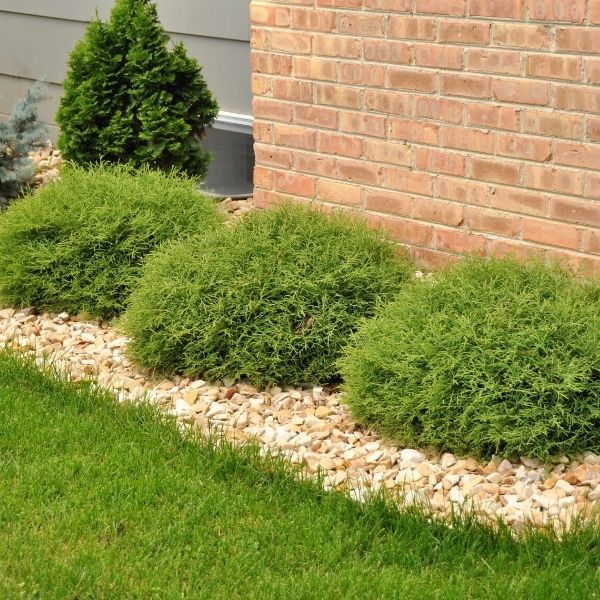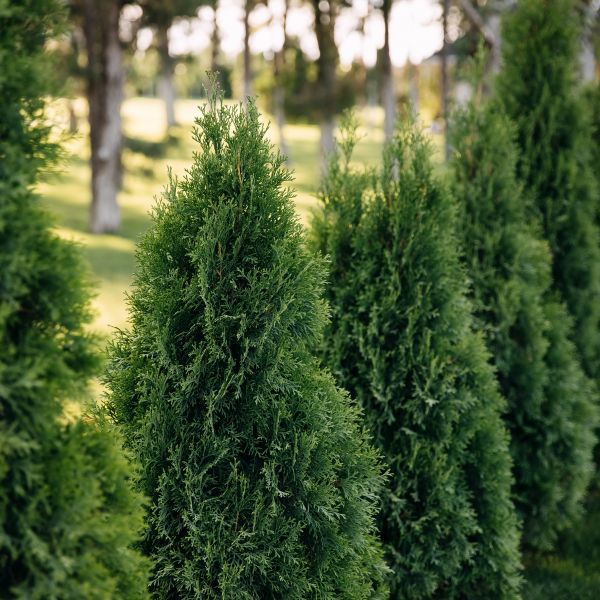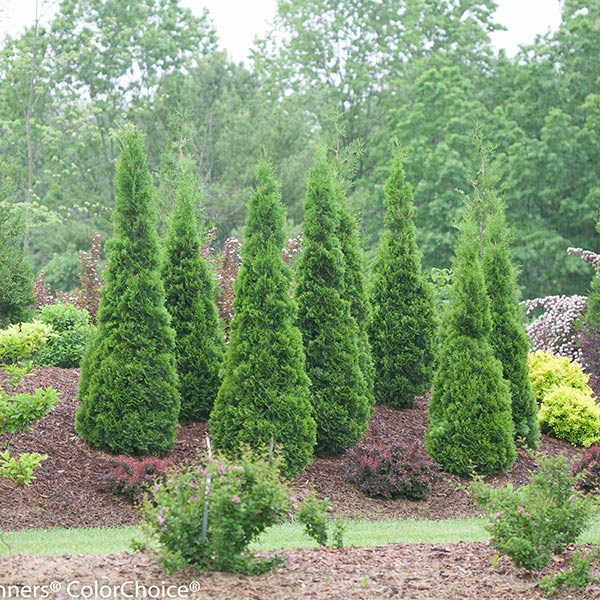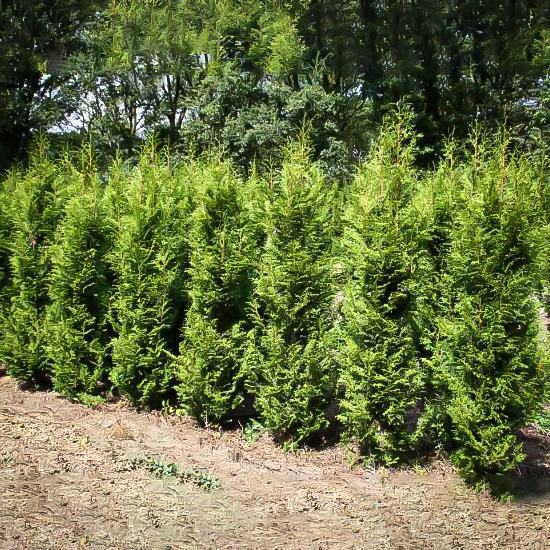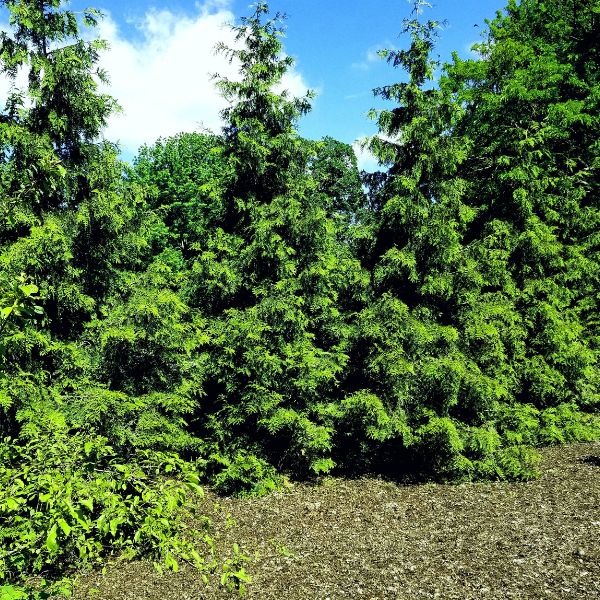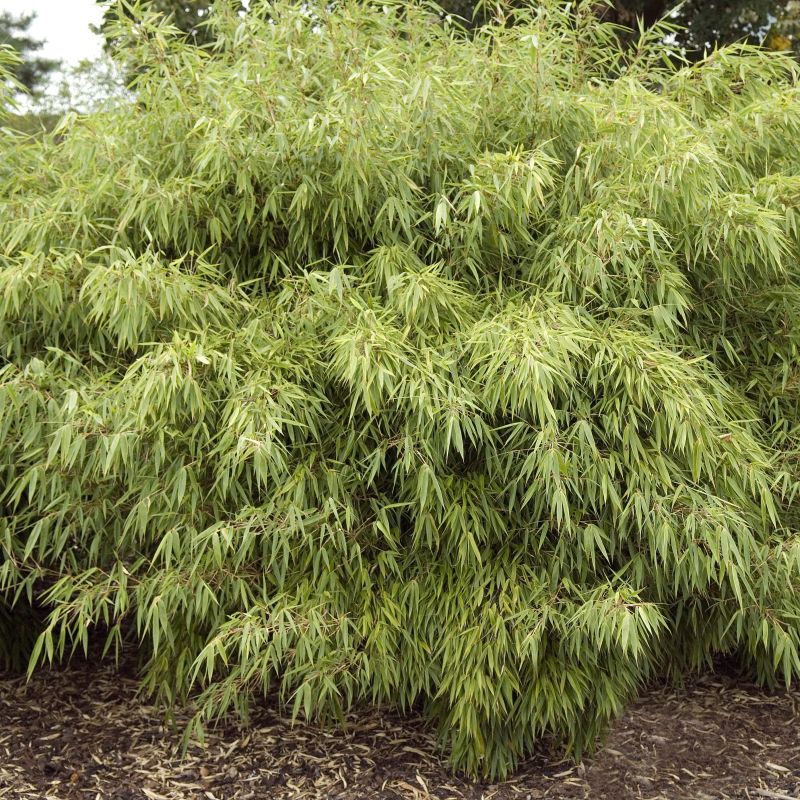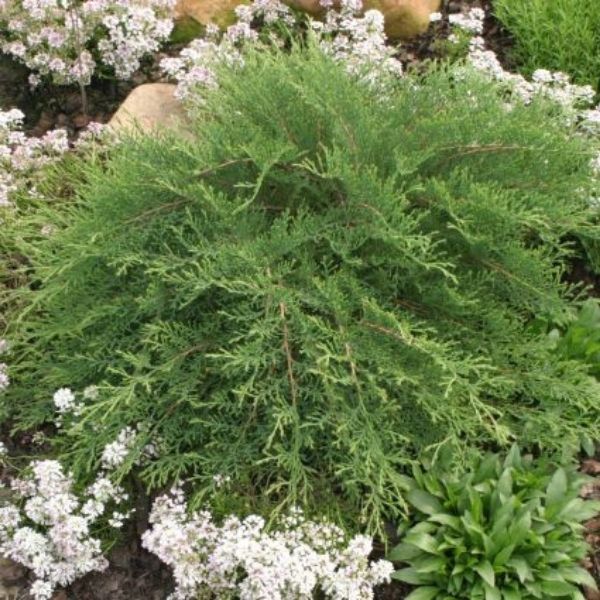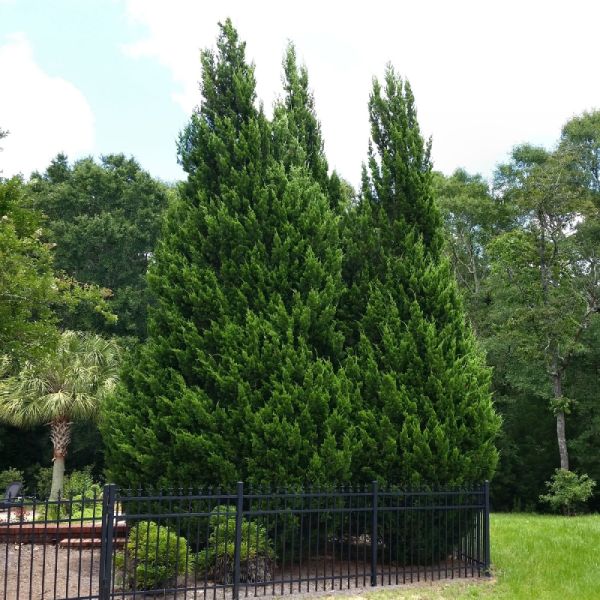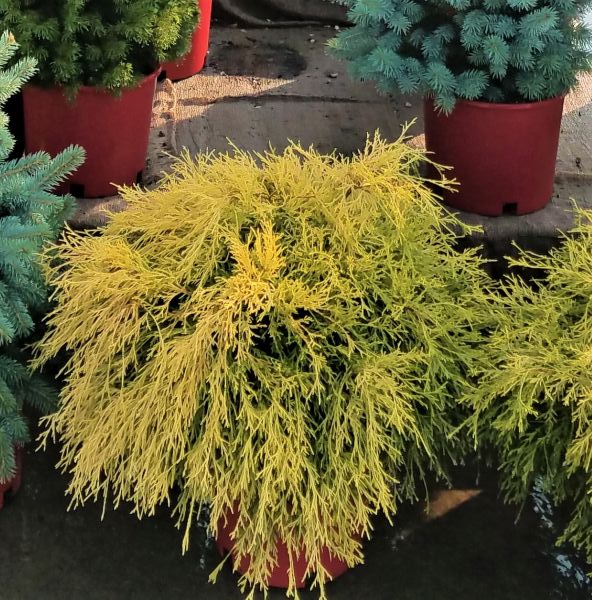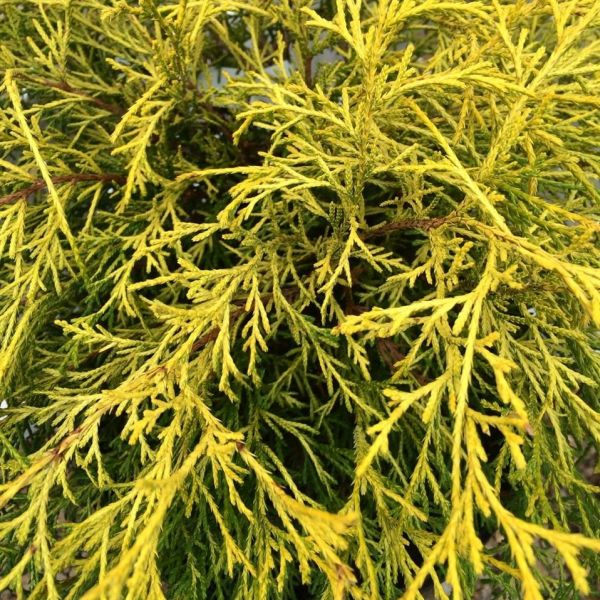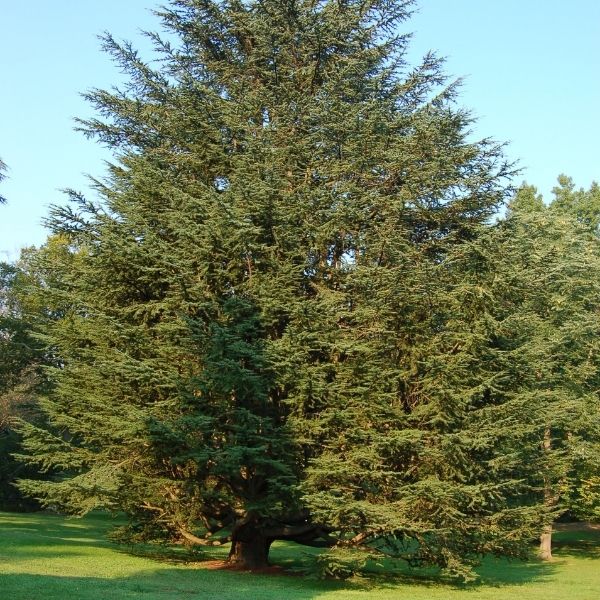
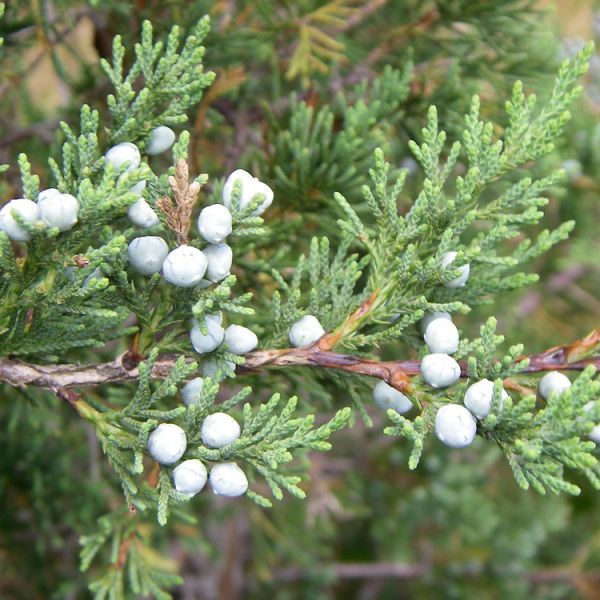
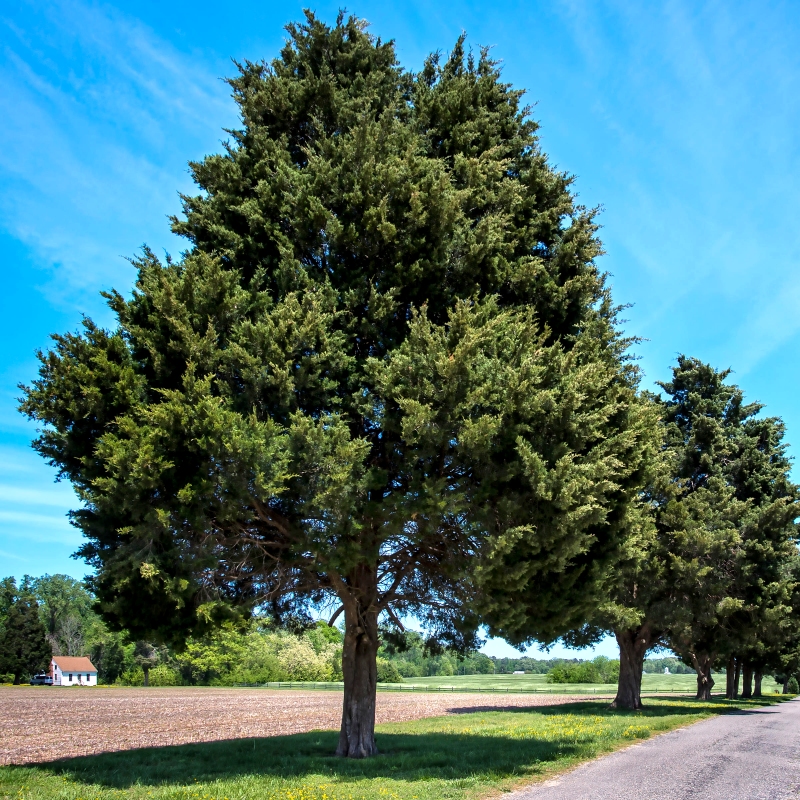
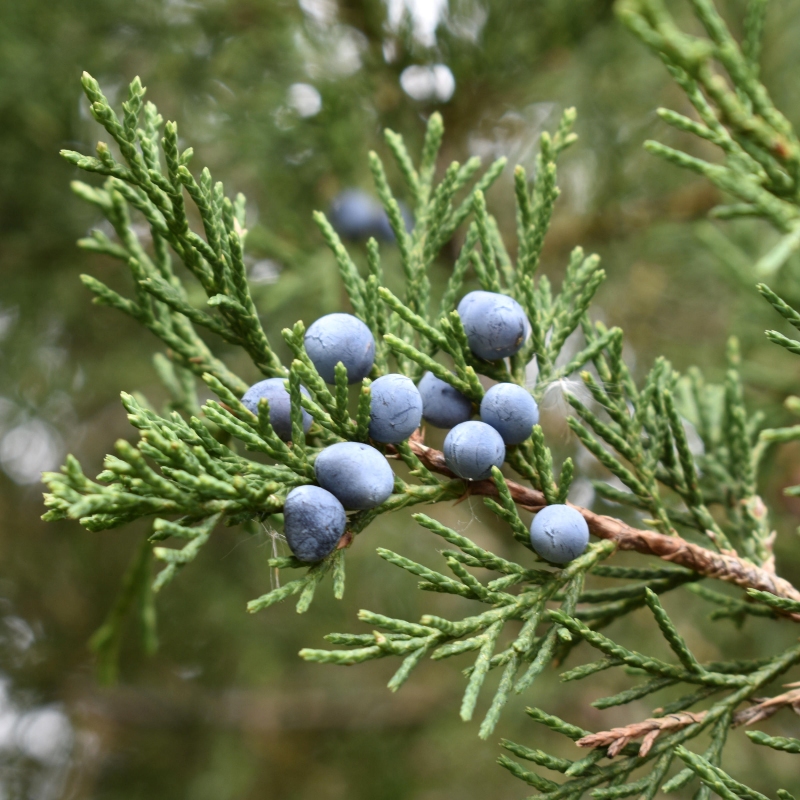
Eastern Red Cedar Tree
Juniperus virginiana Eastern Red Cedar
18 reviews
Eastern Red Cedar Tree
Juniperus virginiana Eastern Red Cedar
18 reviews
- Beautiful and aromatic wood
- Durable and weather-resistant
- Natural pest repellent properties
- Recommended by landscape designers for optimal fit in real yards
$86.00
$123.00
30% Off
- Ships to 43215 in 3-5 Days
- Free Shipping Over $150
- Plant Arrival Guarantee
- In Stock
- Free Plant Consult
$200 - Landscape-Approved: Every Plant We Sell Comes With Design Expertise Behind It
- Trade 3 Gallon
- 1 Gallon
- 1.5 Gallon 1-2 Feet
We are sorry, product is currently out of stock due to seasonal availability. Please check the "Related plants available in your area" section below
Not just beautiful - intentionally selected by ShrubHub's 3D landscape design team to fit real-world spaces and maximize yard potential.
Why Eastern Red Cedar Tree?
Eastern Red Cedar trees are highly valued for their dense, fragrant wood, which is commonly used for making furniture, closets, and musical instruments. They are also prized for their ornamental beauty, with dark green foliage and small blue-gray berries. Additionally, Eastern Red Cedar trees provide habitat and food for wildlife, making them a valuable part of the ecosystem.
Related plants available in your area
Sunlight
The Eastern Red Cedar Tree thrives in full sunlight to partial shade conditions. It prefers to receive at least 6-8 hours of direct sunlight per day to promote healthy growth and development. Insufficient sunlight may result in sparse foliage and reduced g
Watering
Eastern Red Cedar Trees require regular watering, especially during dry periods. They prefer well-drained soil and should not be overwatered, as this can lead to root rot. Water deeply to encourage deep root growth and overall tree health.
Fertilizing
Eastern Red Cedar trees typically do not require heavy fertilization. They are well adapted to poor soil conditions and thrive in a wide range of soil types. However, if necessary, they may benefit from a slow-release fertilizer applied sparingly in the sp
Eastern Red Cedar Tree (Juniperus virginiana Eastern Red Cedar)
The Eastern Red Cedar Tree, also known as Juniperus Virginiana, is a small to medium-sized tree that is native to North America. It is known for its distinctive red-hued wood, aromatic scent, and dense foliage. The tree has a pyramidal shape when young, but can develop a more irregular form as it matures.
Eastern Red Cedar Trees are popular for their ornamental value in landscaping, as well as for their wood, which is highly valued for its durability and resistance to rot and insects. The wood is commonly used for making furniture, fencing, and other outdoor structures.
In addition to its practical uses, the Eastern Red Cedar Tree also has cultural significance for many native American tribes, who have used it for a variety of purposes, including medicinal, ceremonial, and spiritual rituals.
Overall, the Eastern Red Cedar Tree is a versatile and attractive tree that can bring beauty and functionality to any landscape or garden.
Plant Information:
| Botanical Name: | Juniperus virginiana Eastern Red Cedar |
| USDA Zones: | 2 - 9 |
| Mature Height: | 65 ft |
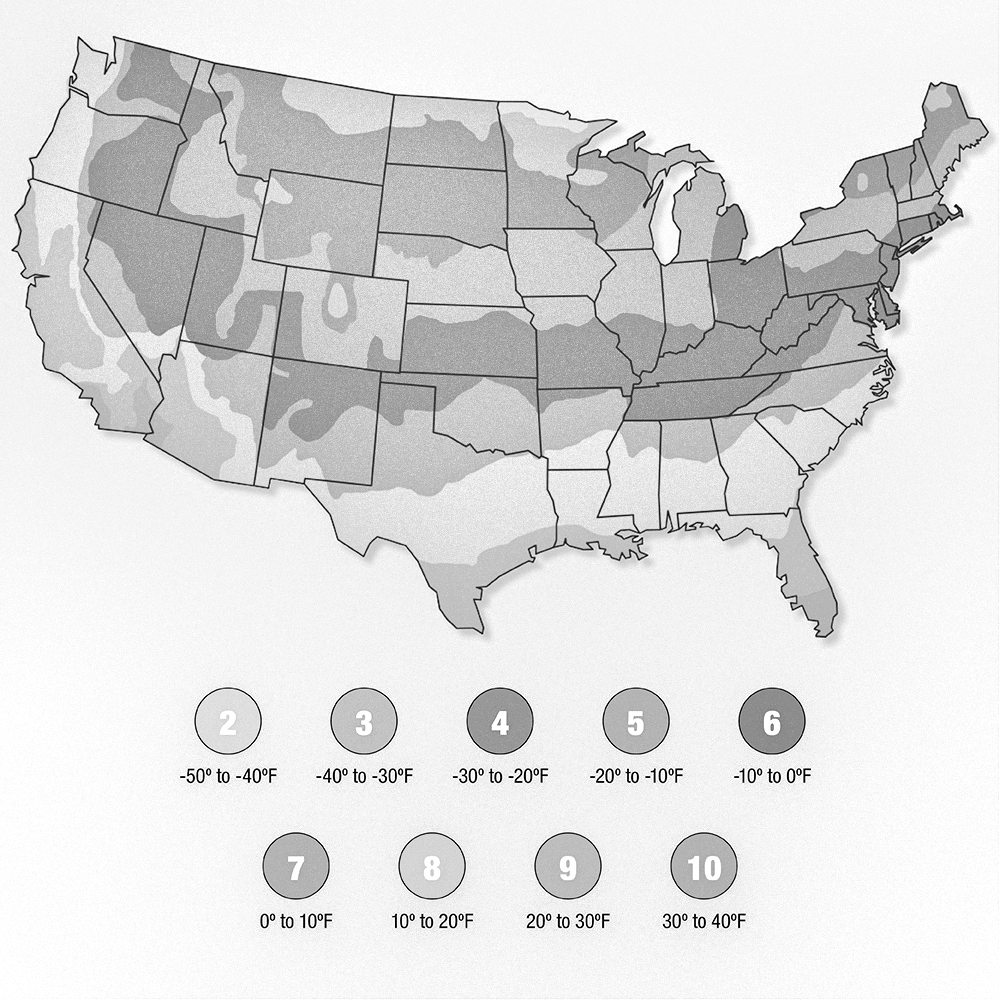


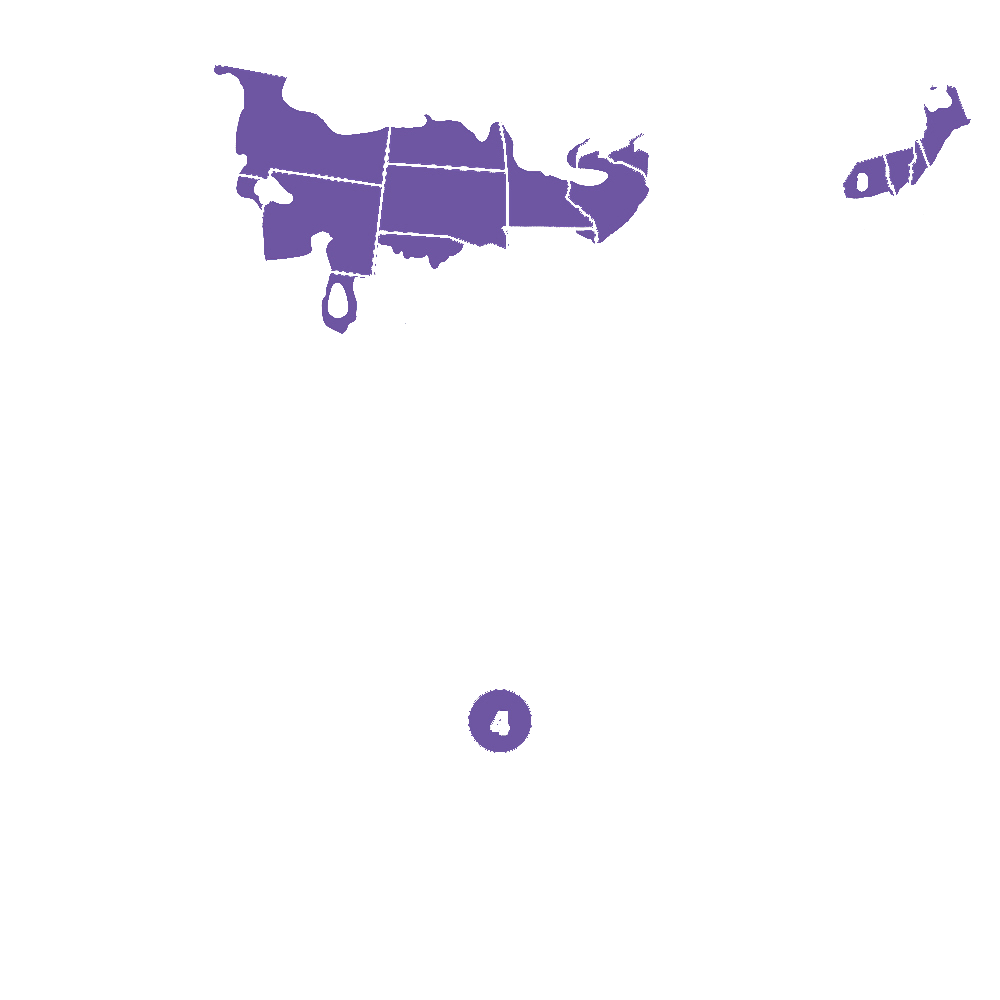
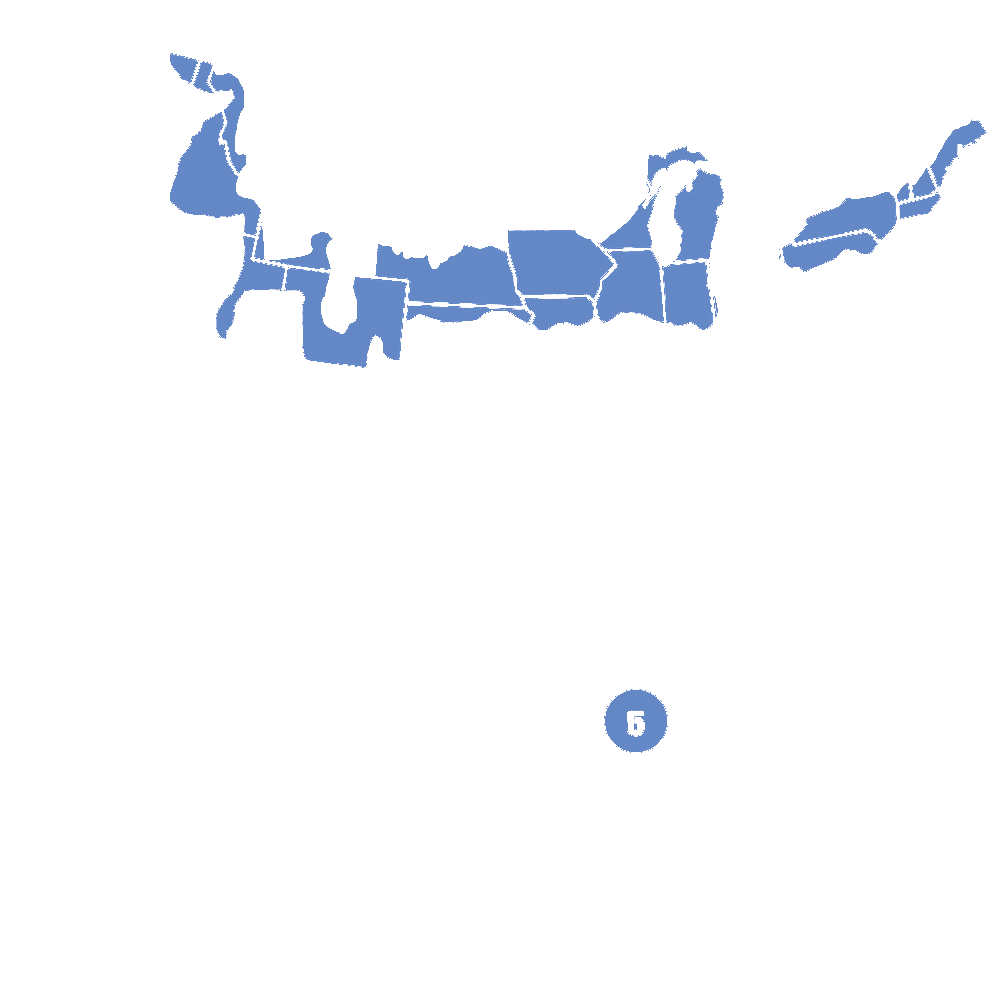
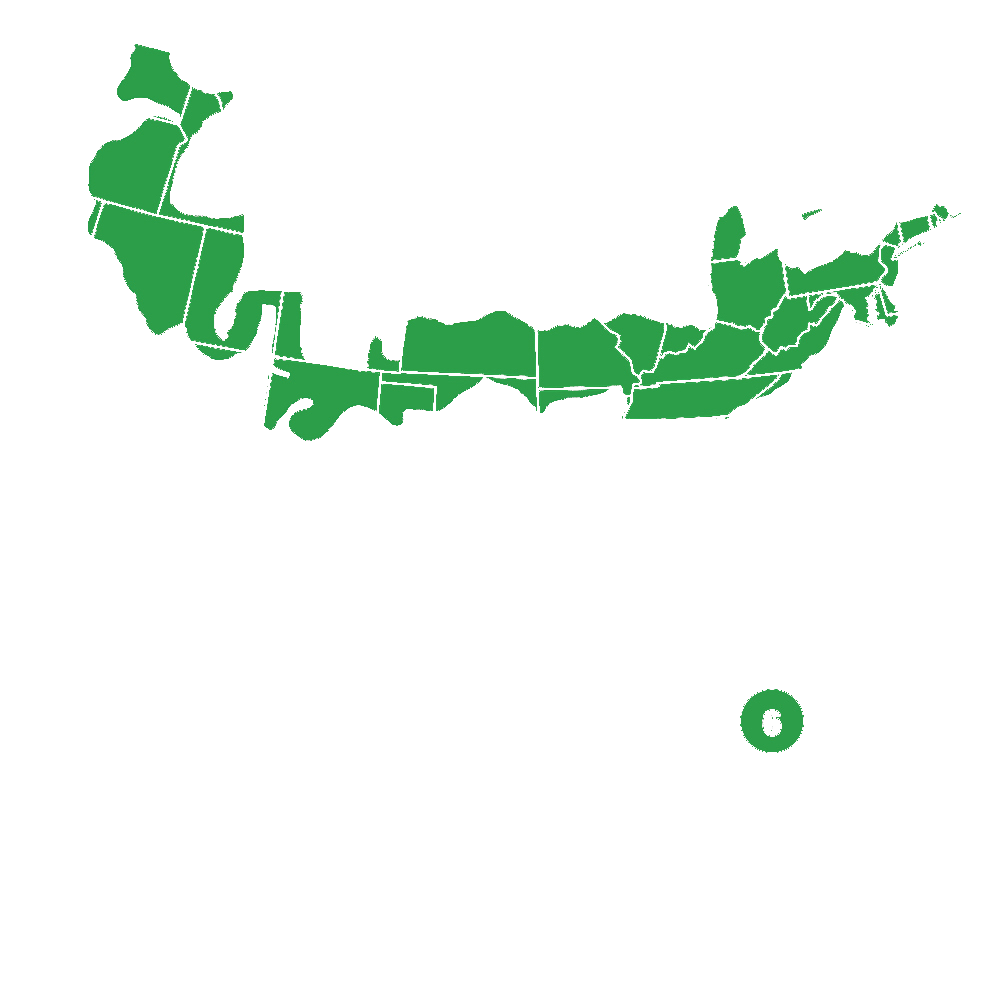
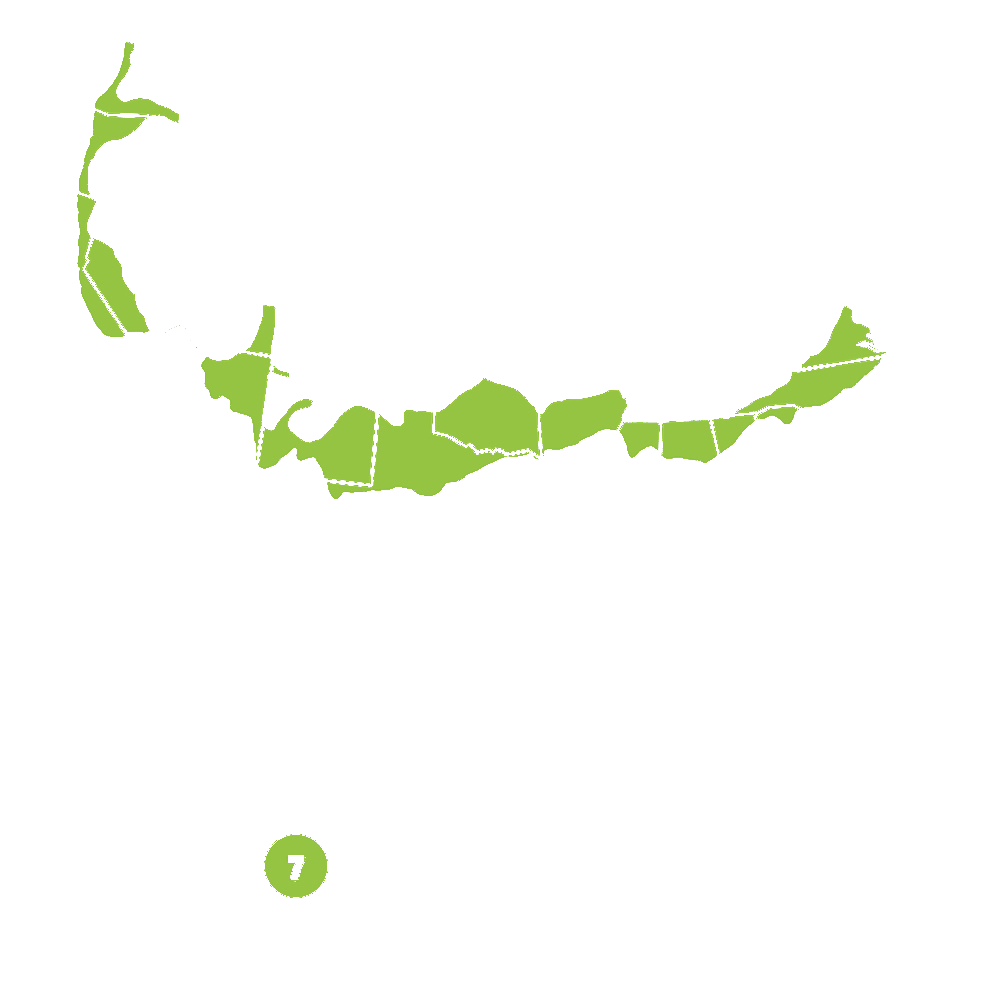
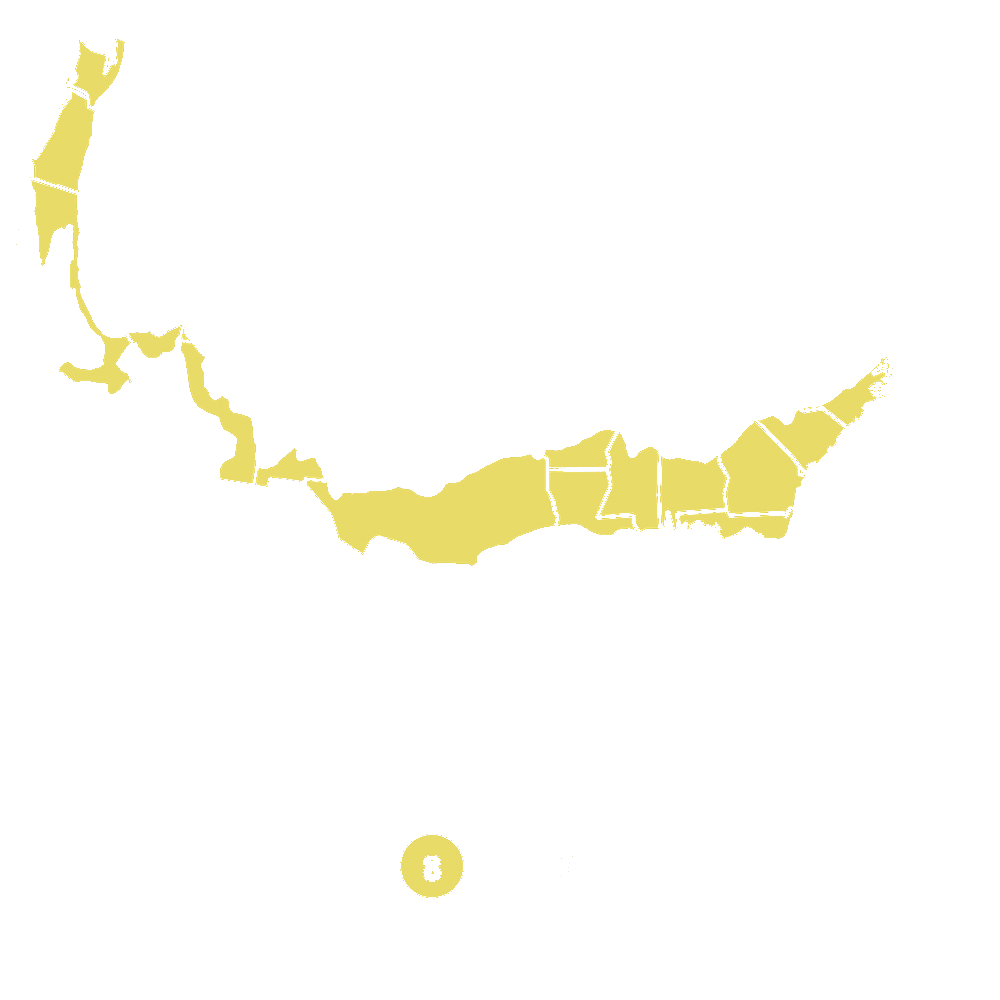
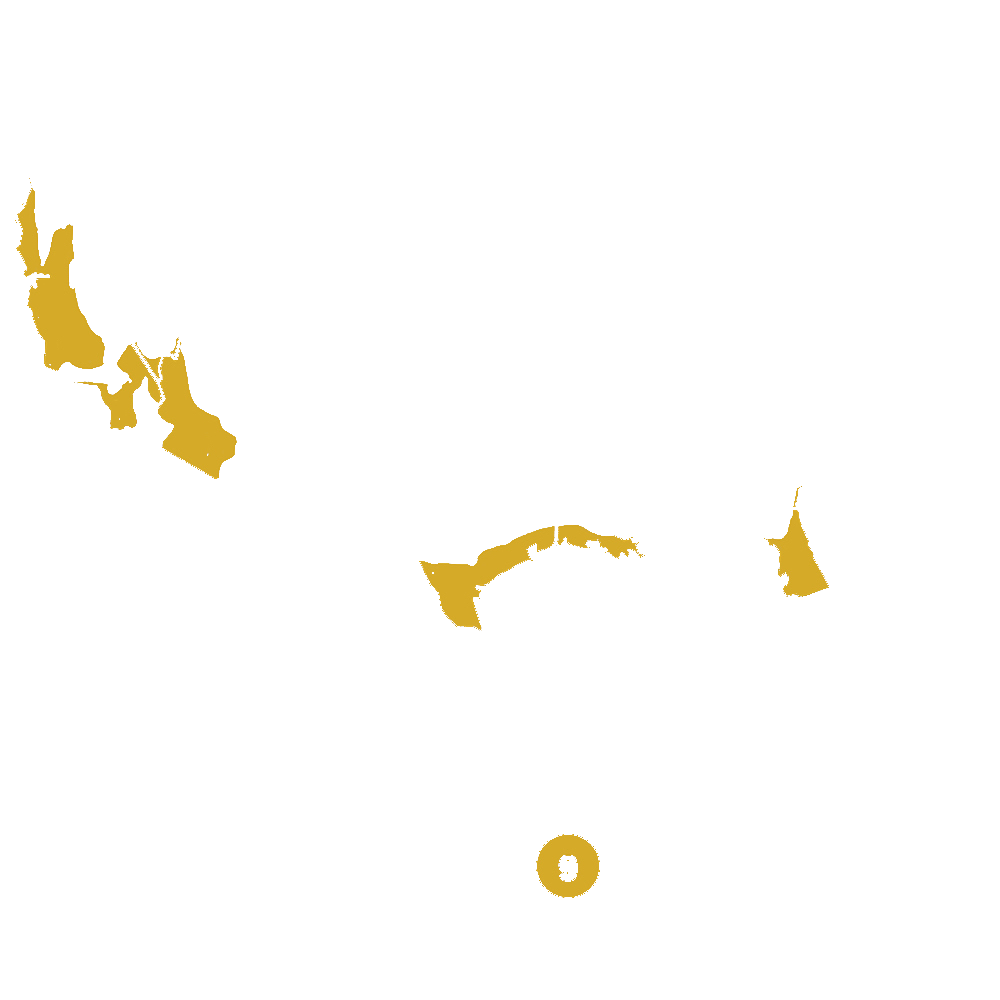
Pollination Info
Pollination Information for Eastern Red Cedar Tree
The Eastern Red Cedar Tree (Juniperus virginiana) is a dioecious species, meaning that individual trees are either male or female. The female trees produce small, blue to purple berry-like cones called "juniper berries" that contain seeds. These berries are an important food source for birds and other wildlife.
Eastern Red Cedar trees are wind-pollinated, with the male trees producing small, yellowish-brown pollen cones that release pollen into the air. The wind carries the pollen to the female trees, where fertilization occurs and berries develop.
Because Eastern Red Cedar trees are dioecious, both male and female trees are needed for successful pollination and seed production. Planting a mix of male and female trees will ensure that pollination occurs and that you will have a good crop of juniper berries.
Eastern Red Cedar trees are highly adaptable and can grow in a variety of soil types and conditions. They are often used in landscaping and windbreaks due to their attractive evergreen foliage and ability to thrive in diverse environments.
FAQ
Eastern Red Cedar Tree FAQ
What is an Eastern Red Cedar Tree?
The Eastern Red Cedar Tree, also known as Juniperus virginiana, is a coniferous tree native to North America.
How tall can Eastern Red Cedar Trees grow?
Eastern Red Cedar Trees typically grow to a height of 40-50 feet, but some can reach heights of up to 90 feet.
What is the lifespan of an Eastern Red Cedar Tree?
Eastern Red Cedar Trees have a lifespan of around 70-100 years.
What are the uses of Eastern Red Cedar Trees?
Eastern Red Cedar Trees are commonly used for their aromatic wood, which is often used to make chests, closets, and other furniture. They are also used for landscaping and erosion control.
How do I care for an Eastern Red Cedar Tree?
Eastern Red Cedar Trees prefer full sun and well-draining soil. They are drought-tolerant once established and do not require frequent watering. Prune as needed to maintain shape and remove dead or damaged branches.
Are Eastern Red Cedar Trees prone to any diseases or pests?
Eastern Red Cedar Trees are susceptible to cedar apple rust, bagworms, and spider mites. Regular inspections and prompt treatment can help prevent these issues.
Can Eastern Red Cedar Trees be grown in containers?
Eastern Red Cedar Trees can be grown in containers when young, but they will eventually outgrow the container and need to be planted in the ground.
Planting & Care
Planting & Care for Eastern Red Cedar Tree
Latin Name: Juniperus virginiana
Common Name: Eastern Red Cedar
Planting:
- Choose a sunny location with well-draining soil for planting your Eastern Red Cedar tree.
- Dig a hole that is twice as wide and just as deep as the root ball of the tree.
- Place the tree in the hole, making sure that the top of the root ball is level with the surrounding ground.
- Backfill the hole with soil, tamping it down gently as you go to remove any air pockets.
- Water the tree thoroughly after planting to help settle the soil around the roots.
- Water your Eastern Red Cedar tree regularly, especially during dry periods. These trees prefer slightly moist soil.
- Mulch around the base of the tree to help retain moisture and suppress weeds.
- Prune any dead or diseased branches to maintain the health and appearance of your tree.
- Fertilize your Eastern Red Cedar tree once a year in the spring with a balanced fertilizer to encourage healthy growth.
- Monitor for pests and treat as needed to prevent any damage to the tree.
Care:
Check Out These Verified Customer Reviews:
Customer Reviews
4.7 out of 5 based on 18 reviews
Thank you! Your review has been submitted.
Good customer service. Prompt responses.
Item arrived in great condition. Very satisfied.
Shipment was fast and tree arrived in perfect condition.
Item has been added to your cart.

